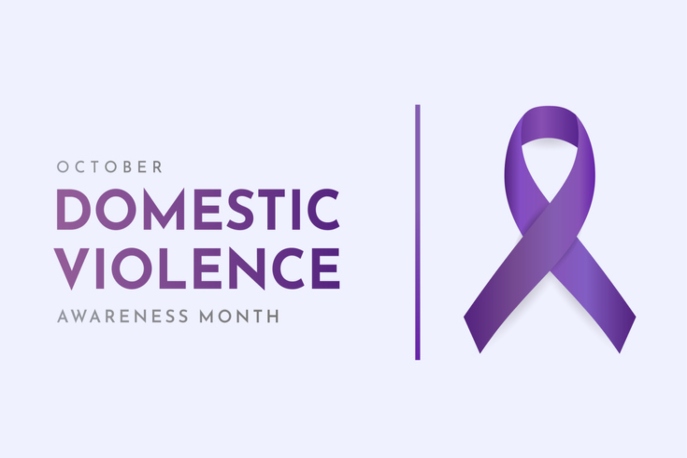October marks National Domestic Violence Awareness and Prevention Month. In recognition we want to highlight the behaviors of domestic violence, the distinction and differences between domestic and sexual violence, and the importance of considering them in conjunction with one another.
The Domestic Violence Coordinating Council of Delaware defines domestic violence as “Domestic Violence is any abusive act between family members, ex-spouses, intimate cohabitants, former intimate cohabitants, dating couples and former dating couples in which one party seeks to gain/maintain power and control over the other partner.” While domestic violence is often considered in the physical context, there are several behaviors that fall under the umbrella of domestic violence, including emotional abuse and intimidation, isolation, coercion and threats, stalking and economic abuse.
Sexual violence and assault are can be perpetrated in conjunction with other domestic violence behaviors as outlined above. Sexual violence is another umbrella term, encompassing behaviors such as sexual harassment, misconduct and abuse. While sexual violence can be perpetrated by a stranger, intimate partner sexual violence is very common. According to the Centers for Disease Control, about one in five women and one in 13 men have experienced contact sexual violence by an intimate partner. Sexual violence and domestic violence share many root causes originating in varying forms of oppression, like racism and poverty.”
Given the interconnected nature of domestic and sexual violence, it’s important to approach the issue holistically. Understanding signs of an unhealthy relationship is an important way that individuals can take ownership of combatting the issue, either for themselves or for those around them. The One Love Foundation lists things such as intensity, possessiveness, manipulation, belittling and volatility as signs of a potentially unhealthy relationship and encourages people to seek help if they identify them. Prevention of domestic and sexual violence is a shared goal for many organizations and individuals, and understanding risk factors at the personal, relationship and community levels is an important first step.
Promoting societal discussion of the domestic violence is key to building awareness around the impacts of domestic violence, to encouraging conversations about healing and safety for those who experience(d) domestic violence, and to taking actions to prevent domestic violence. As President Biden said in his proclamation on National Domestic Violence Awareness and Prevention Month, “Every survivor should know that they are not alone and they deserve better. Together, we will keep spreading awareness, changing culture, supporting survivors, and moving toward a world free of gender-based violence.”
RALIANCE is a trusted adviser for organizations committed to building cultures that are safe, equitable, and respectful. RALIANCE offers unparalleled expertise in serving survivors of sexual harassment, misconduct, and abuse which drives our mission to help organizations across sectors create inclusive environments for all. For more information, please visit www.RALIANCE.org.

